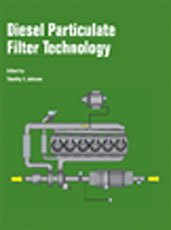Technical Paper
Optical Advantages of Thin Window Hybrid Windshields
2018-04-03
2018-01-0468
The adoption of head-up displays (HUDs) is increasing in modern automobiles. Yet integrating this technology into vehicles with standard windshield (WS) laminates can create negative effects for drivers, primarily due to the thickness of glass used. The double ghosting in HUD images is typically overcome by employing a wedged PVB between the two glass plies of the laminate. Another solution is to reduce the thickness of the glass without impacting the overall windshield toughness. Although this still requires the use of a wedged PVB to eliminate HUD ghosting, the thinner glass provides opportunity to increase the image size. However, reducing the thickness of a soda-lime glass (SLG) ply or plies in a conventional soda-lime glass (SLG) laminate can significantly impact the robustness of the laminate to external impact events.

